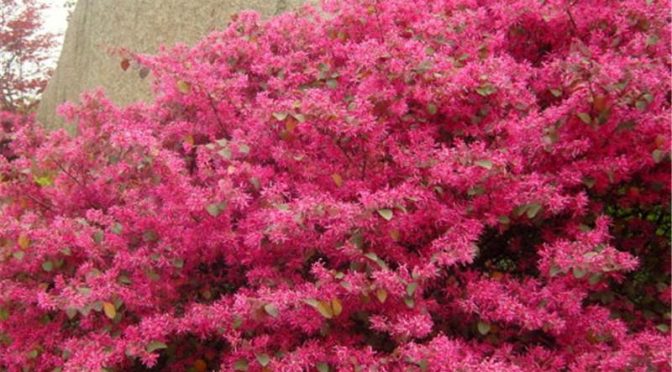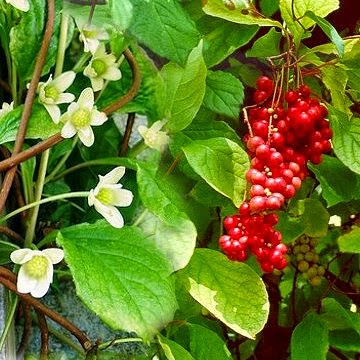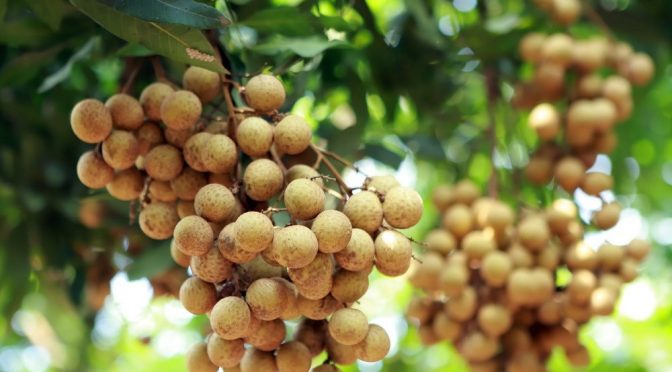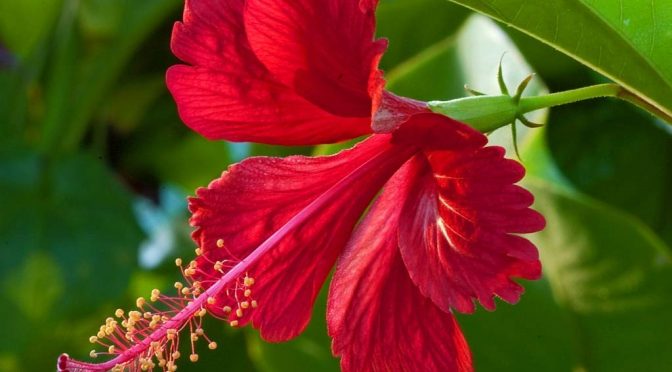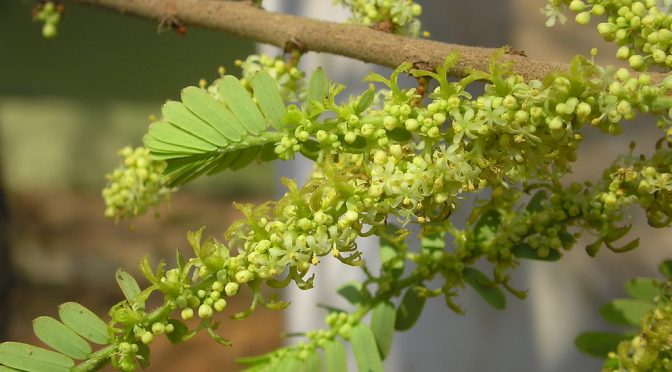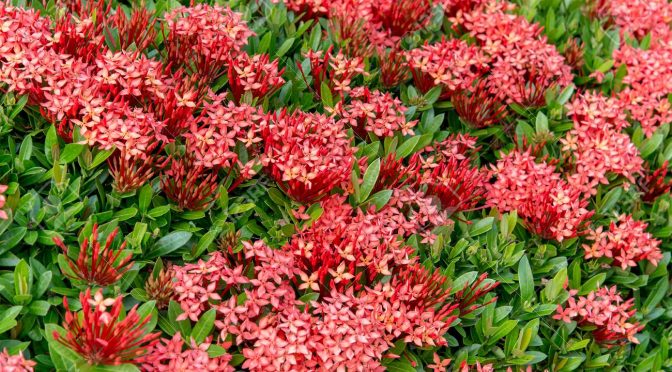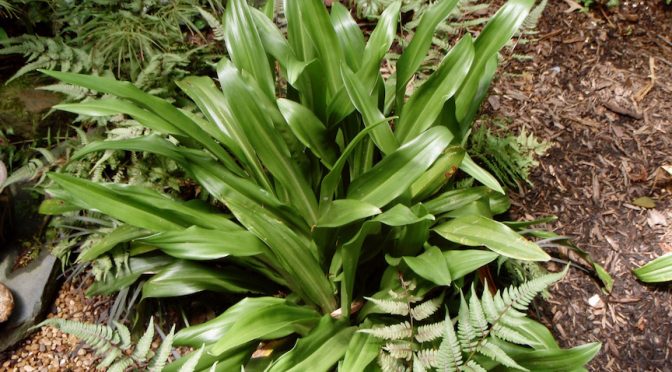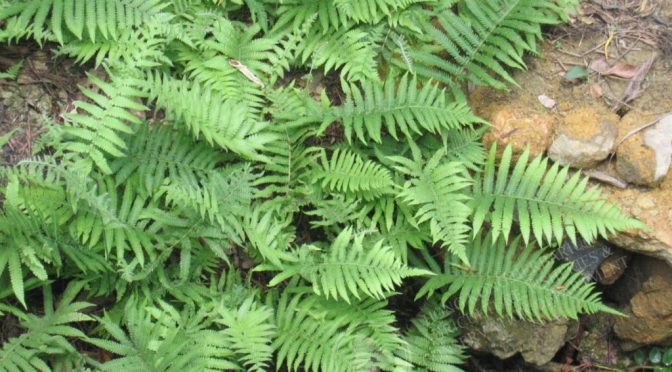
Wood-fern
The fern grows in valley thick forests, or on humid places along riverbanks. Distributed in Zhejiang, Taiwan, Fujian, Jiangxi, Hunan, Guangdong, Hainan, Guangxi, Guizhou, Sichuan and Southeast Yunnan. The whole part of fern is used for medicine. The fern is collected in summer and autumn and is sun-dried. Properties and actions include taste pungent, little bitter, neutral in nature, and removing wind and damp. It is ssed for colds, rheumatic arthralgia and dysentery, with oral administration of decocting, 9-15g. Examples: 1. Common cold due to wind coldness:…

